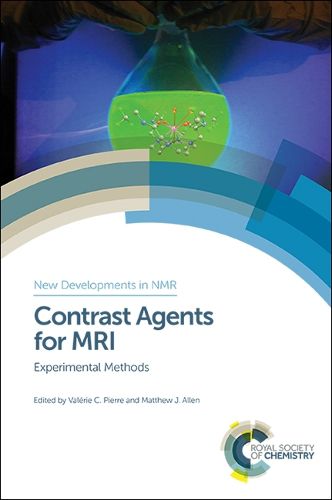Readings Newsletter
Become a Readings Member to make your shopping experience even easier.
Sign in or sign up for free!
You’re not far away from qualifying for FREE standard shipping within Australia
You’ve qualified for FREE standard shipping within Australia
The cart is loading…






As a practical reference guide for designing and performing experiments, this book focuses on the five most common classes of contrast agents for MRI namely gadolinium complexes, chemical exchange saturation transfer agents, iron oxide nanoparticles, manganese complexes and fluorine contrast agents. It describes how to characterize and evaluate them and for each class, a description of the theory behind their mechanisms is discussed briefly to orient the new reader. Detailed subchapters discuss the different physical chemistry methods used to characterize them in terms of their efficacy, safety and in vivo behavior. Important consideration is also given to the different physical properties that affect the performance of the contrast agents.
The editors and contributors are at the forefront of research in the field of MRI contrast agents and this unique, cutting edge book is a timely addition to the literature in this area.
$9.00 standard shipping within Australia
FREE standard shipping within Australia for orders over $100.00
Express & International shipping calculated at checkout
As a practical reference guide for designing and performing experiments, this book focuses on the five most common classes of contrast agents for MRI namely gadolinium complexes, chemical exchange saturation transfer agents, iron oxide nanoparticles, manganese complexes and fluorine contrast agents. It describes how to characterize and evaluate them and for each class, a description of the theory behind their mechanisms is discussed briefly to orient the new reader. Detailed subchapters discuss the different physical chemistry methods used to characterize them in terms of their efficacy, safety and in vivo behavior. Important consideration is also given to the different physical properties that affect the performance of the contrast agents.
The editors and contributors are at the forefront of research in the field of MRI contrast agents and this unique, cutting edge book is a timely addition to the literature in this area.